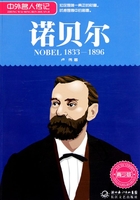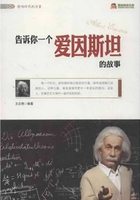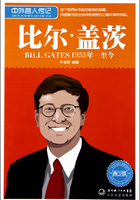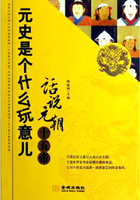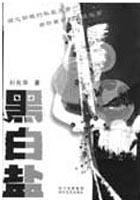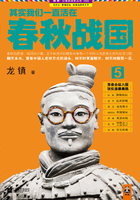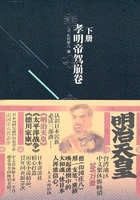With a few friends in the university circle who shared these views, we organized, therefore, a co?perative group for the education of our children, each of us taking charge of the teaching of a particular subject to all of the young people. We were all very busy with other things, and the children varied in age. Nevertheless, the little experiment thus made was very interesting. With a small number of classes we yet succeeded in reuniting the scientific and literary elements of a desirable culture. The courses in science were accompanied by practical exercises in which the children took great interest.
This arrangement, which lasted two years, proved to be very beneficial for most of the children; it was certainly so for my elder daughter. Following this preparation, she was able to enter a higher class in one of the collèges of Paris, and had no difficulty in passing her bachelor's
examination before the usual age, after which she continued her scientific studies in the Sorbonne.
My second daughter, although not benefiting by a similar arrangement for her earlier studies, at first followed the classes of a collège only partially, and later completely. She showed herself a good pupil, doing satisfactory work in all directions.
I wanted very much to assure for my children a rational physical education. Next to outdoor walks, I attach a great importance to gymnastics and sports. This side of a girl's education is still rather neglected in France. I took care that my children did gymnastics regularly. I was also careful to have them spend vacations either in the mountains or at the seashore. They can canoe and swim very well and are not afraid of a long walk or a bicycle ride.
But of course the care of my children's education was only a part of my duties, my professional occupations taking most of my time. I have been frequently questioned, especially by women, how I could reconcile family life with a scientific career. Well, it has not been easy; it required a great deal of decision and of self-sacrifice. However, the family bond has been preserved between me and my now grown-up daughters, and life is made brighter by the mutual affection and understanding in our home, where I could not suffer a harsh word or selfish behavior.
In , when I succeeded my husband at the Sorbonne, I had only a provisional laboratory with little space and most limited equipment. A few scientists and students had already been admitted to work there with my husband and me. With their help, I was able to continue the course of research with good success.
In , I received a precious mark of sympathy from Mr. Andrew Carnegie, who donated to my laboratory an annual income for research fellowships which enabled some advanced students or scientists to devote their whole time to investigation. Such foundations are very encouraging to those whose inclinations and talents are such as to warrant their entire devotion to research work. They ought to be multiplied in the interest of science.
As for myself, I had to devote again a great deal of time to the preparation of several decigrammes of very pure radium chloride. With this I achieved, in , a new determination of the atomic weight of radium, and in I was able to isolate the metal. The operation, an extremely delicate one, was performed with the assistance of a distinguished chemist belonging to the laboratory staff. It has never been repeated since that time, because it involves a serious danger of loss of radium, which can be avoided only with utmost care. So I saw at last the mysterious white metal, but could not keep it in this state, for it was required for further experiments.
As for the polonium, I have not been able to isolate it, its quantity in the mineral being even much less than the quantity of radium. However, very concentrated prolonium has been prepared in my laboratory, and important experiments have been performed with this substance, concerning especially the production of helium by radiation of polonium.
I had to devote special care to the improvement of the measuring methods in the laboratory. I have told how important precise measurements were in the discovery of radium. It is still to be hoped that efficient methods of quantitative determination may lead to new discoveries.
I devised a very satisfactory method for determining the quantity of radium by the means of a radioactive gas produced by it and called "emanation." This method, frequently used in my laboratory, permits of the measurement of very small quantities of radium (less than a thousandth of a milligramme), with a fair precision. More important quantities are often measured by their penetrating radiation, named Gamma-rays. For this we also possess in my laboratory a suitable equipment. It is easier and more satisfactory to measure the radium by the emitted rays, than to weigh it in a balance. However, these measurements require the disposition of reliable standards. So the question of a radium standard had to be taken into careful consideration.
The measurements of radium had to be established on a solid basis, for the benefit of laboratories and scientific research, which, of course, is in itself an important reason, and moreover, the growing medical utilization of this substance made it necessary to control the relative purity of commercially produced radium.

